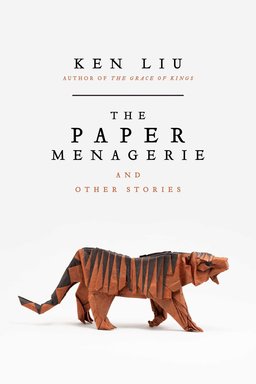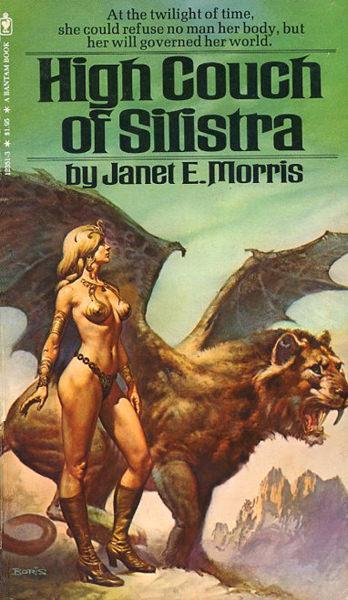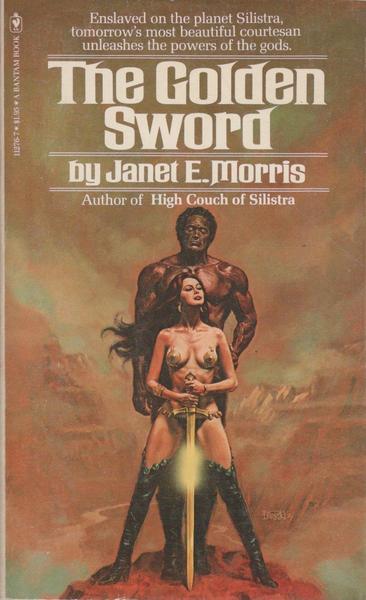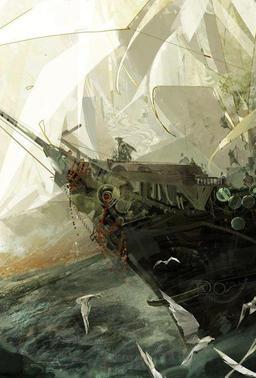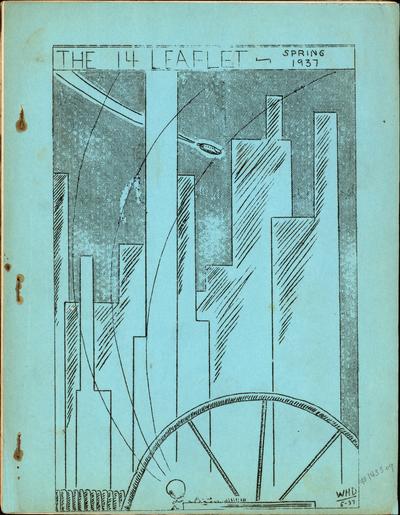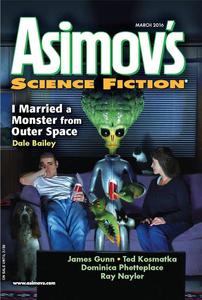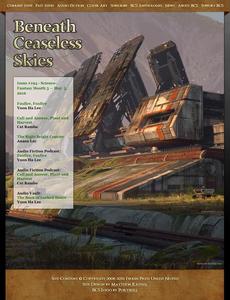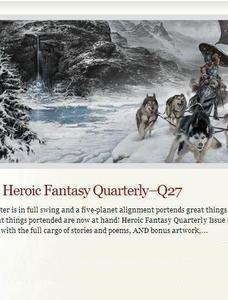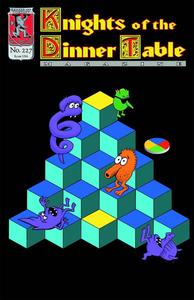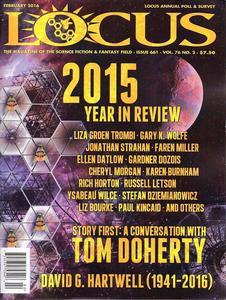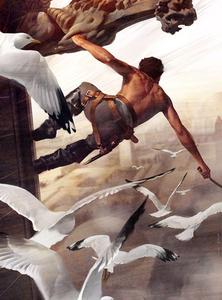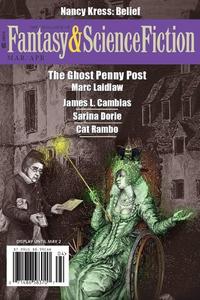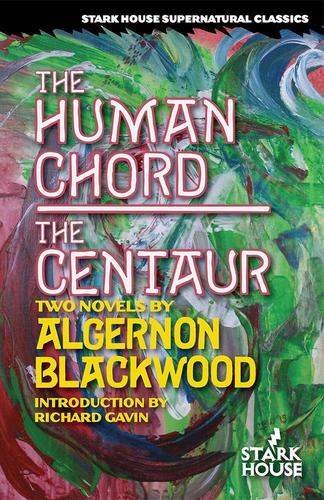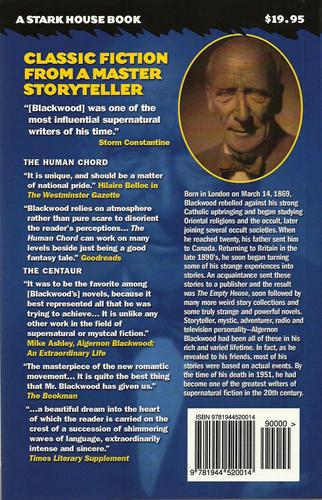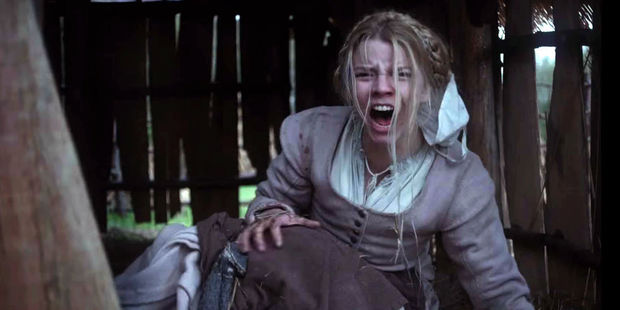Clarkesworld 114 Now Available
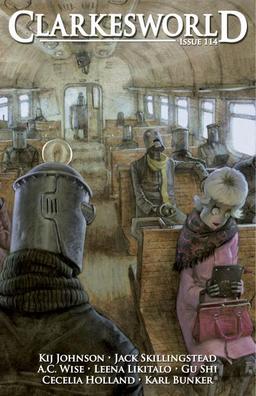 Clarkesworld is one of the most-reviewed genre magazines out there. So if you’re too busy to read every issue, there are plenty of places that will point you towards the stories that might appeal to you most.
Clarkesworld is one of the most-reviewed genre magazines out there. So if you’re too busy to read every issue, there are plenty of places that will point you towards the stories that might appeal to you most.
Take issue #114 for example. Just about everything in the TOC looks interesting, but I only have time for one story tonight. Enter Charles Payseur at Quick Sip Reviews, who’s done an admirable job of profiling the entire issue. Sixty seconds is all it takes to determine that the story for me is Leena Likitalo’s “The Governess with a Mechanical Womb.”
This is a rather bleak story about humans on the edge of extinction and a young woman and her sister facing it under the care of a governess, under the care of something that used to be human but… isn’t quite any longer. The story excels at building an isolated and strange atmosphere, which seems to be a theme in this month’s issue, here rendered in a post-apocalypse where aliens have come to Earth and destroyed everything for reasons unknown, then started guarding [people] from themselves. It’s an unsettling story, and one with a heavy sense of mystery… It’s tense and it’s effectively done, a story about sisters and about guardians and about control and love. It is incredibly dark, as well, and I will admit that the ending was rather difficult, a mix of love and change that left me a bit unsure what to think. But it’s a neat piece with a great weirdness to it, and it’s worth checking out.
Of course, your mileage will vary. Check out the complete review at Quick Sip Reviews here.
